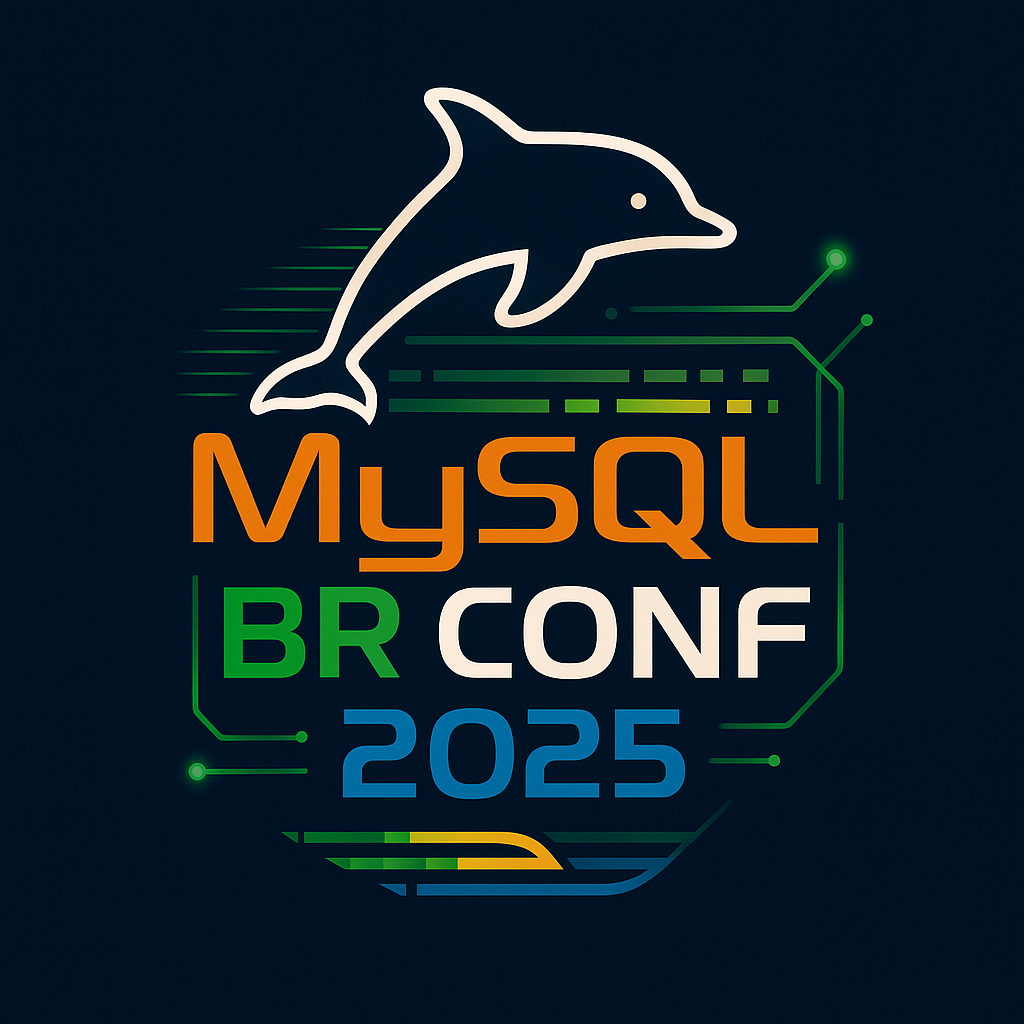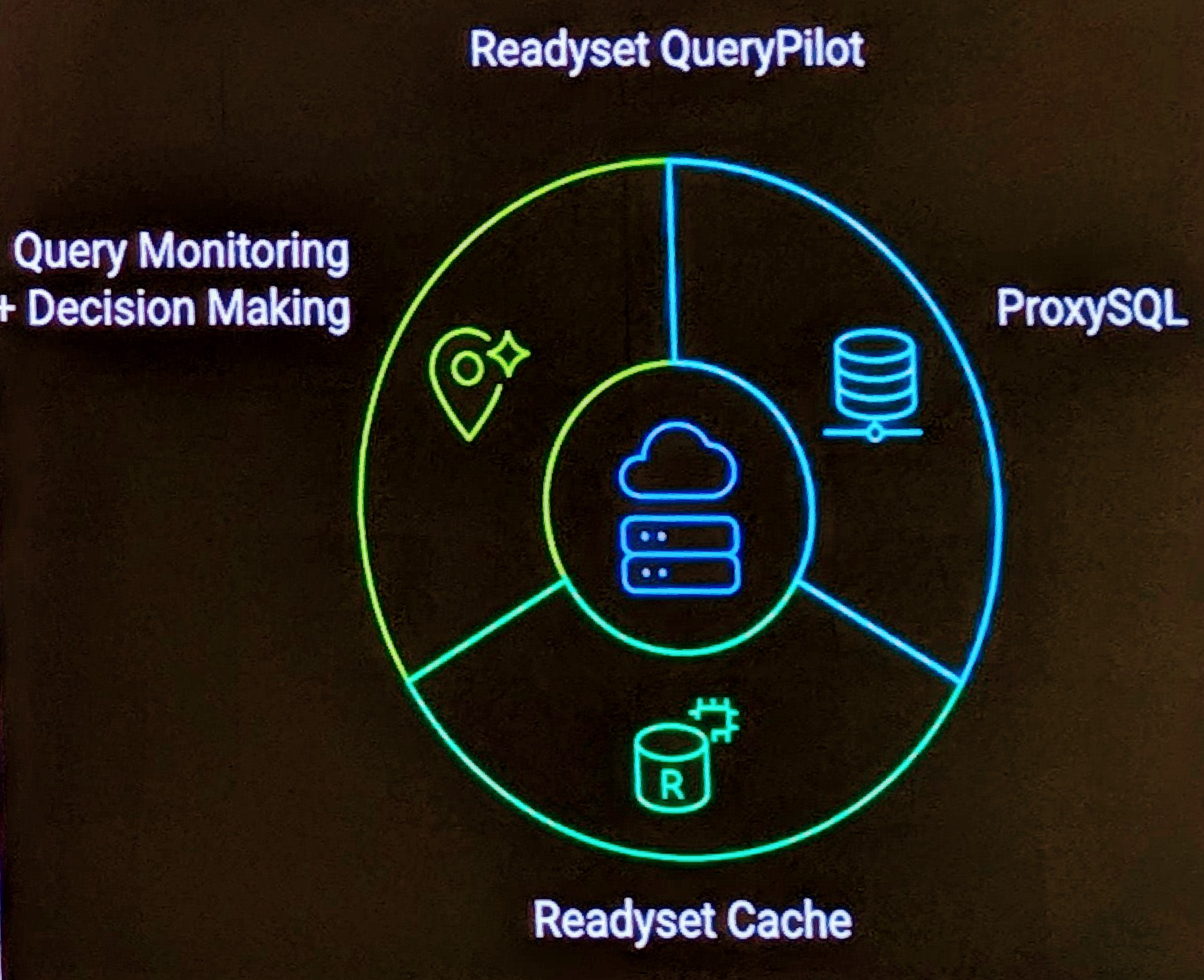Updated 28-mar-2006
There really is no way to do a comparision by numbers in features and functionality when it comes to Oracle and MySQL in the area of Stored Procedures and Triggers. Oracle does provide a far greater and extensive features list, however having more only means it has more.
We all know this, MySQL is a growing evolving database product, having just celebrated it’s tenth anniversary, Oracle on the other hand, will next year be 30, and has had significant funding in R&D being up until recently the second largest software company world wide. However, being open source, MySQL has the advantages of being lean and mean, providing only functionality users actually want and use, and has the community and organisation that is focussed clearly on providing new and improved functionality that users need.
I’ll have a lot more to speak about on this topic at my MySQL User Conference presentation MySQL for Oracle Developers next month, however in the preceeding weeks I thought I’d open some discussion and debate on various features, particularly in the area of Stored Procedures.
Here are some initial points, I’d like to talk about today. The purpose of this discussion is to highlight the difference between these two products, and possibilly other RDBMS products. While a RDBMS offers a feature, I am not stating that MySQL should necessarily also have this feature, however as part of comparing products in these articles, I am comparing existing Oracle Functionality to MySQL, so it will generally involve the description of functionality that is not presently comparable.
- Package Space
- Provider Supplied Procedures
1. Package Space
MySQL provides for Stored Procedures and Functions only the definition of individual procedures and functions. There is no way to group them into logical groupings.
Oracle provides the functionality of Package Space. Groups of procedures and functions can be defined within a package. Consider it like a wrapper of a group of procedures and functions. The package definition consists of 2 parts, the header section, which defines the scope of the procedures and functions, and the body which defines the actual procedures and functions. An added advantage of this that within Oracle you can protect your package body code (making it unavailable for view). I’ll discuss this more at a later time.
I’d like to see MySQL consider a package syntax particularly as businesses start to work more extensively with stored procedures and functions in larger enterprise applications. UPDATE: As stated by Roland in the comments, you can register your support for this functionality at MySQL under Bug #11696.
Within MySQL you can emulate package name, at least in syntax. You can use a dot ‘.’ within a procedure name, unlike this restriction for tables. The down side is the call must be quoted. I’ll discuss this more next.
2. Provider Supplied Procedures
Oracle provides an extensive list of supplied procedures and functions, defined in many packages. One of the earliest you learn in Oracle development is DBMS_OUTPUT.PUT_LINE. As the name indicates, this allows your to output a line of information. This is a common means of debugging output. Andrew Gilfrin post on Debugging Stored Procedures in MySQL raises this point, and an interesting solution using a debugging table. While this functionality works, one of my goals is to provide compability functions so that any migration of code could be simplified. Here is a much simplier solution.
$ more dbms_output.put_line.mysql DELIMITER // DROP PROCEDURE `dbms_output.put_line` // CREATE PROCEDURE `dbms_output.put_line` (output VARCHAR(255)) BEGIN SELECT output; END; // DELIMITER ;
A MySQL Usage:
<br /> mysql> CALL `dbms_output.put_line` ('hello world');<br />
A comparision Oracle Usage:
<br /> SQL> SET SERVER OUTPUT ON<br /> SQL> BEGIN<br /> SQL> DBMS_OUTPUT.PUT_LINE ('hello world');<br /> SQL> END;<br />
This is as close the syntax can be. With MySQL you require the CALL and the backqoutes (`). Both things that can be easily added in an automated way.
References:
DBMS_OUTPUT Note: this is a public web version of the Version 8i manual online. Oracle provides online documentation, but you require a login (which is free) to the Oracle Technology Network.
Oracle8i Supplied Packages Reference. Again this is dated information, being an older version, but gives you an indication. For reference Oracle 7 released in 1993 first provided Package/Procedure/Function functionality.
Other
On a side note, I’d really like to see a IF EXISTS syntax for DROP PROCEDURE. IF EXISTS is an excellent MySQL extension. Oracle for stored procedures has the CREATE OR REPLACE syntax.


